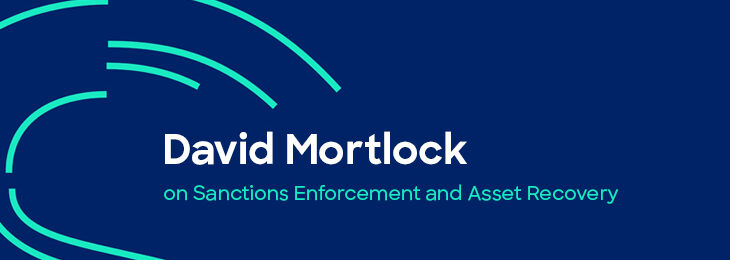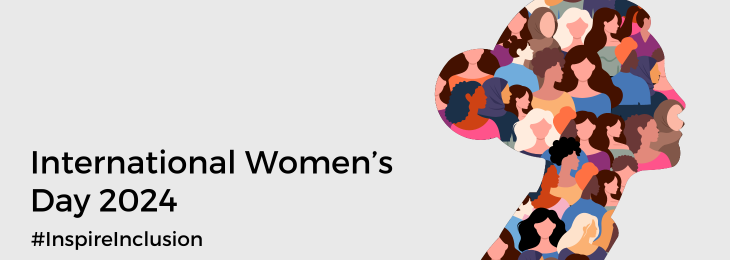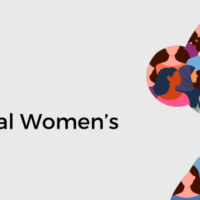
ACAMS Today spoke with Paula Labao, director of the Canadian financial intelligence unit (FIU) and Cameron Field, senior manager of AML intelligence liaison from the Bank of Montreal (BMO), about BMO’s involvement in the Liechtenstein Initiative (FAST) and BMO’s increased focus on assisting victims of human trafficking (HT).
Labao is a banking professional with 25-plus years of experience within the securities and banking industry in various roles with 12 years dedicated to anti-money laundering (AML). She is a member of the WISE Toronto chapter, BMO Financial Group—a community of employees who champion the inclusion, connection, development, advancement and support of women. In addition, Labao and her BMO colleagues were the winners of the Community Services Award along for their work in Project Protect in partnership with the Toronto Police Service.1
Prior to joining BMO, Field served for over 30 years with the Toronto Police Service in a variety of roles including financial crimes and drug enforcement. He is also a member of the Crime Prevention Committee for the International Association of Chiefs of Police and a director with the International Society of Crime Prevention Professionals. He has previously published articles on financial crimes and illegal wildlife trafficking.
ACAMS Today: You and BMO have been actively involved in bringing awareness to HT, particularly through participating in Project Protect. Give us a brief overview of Project Protect and also tell us how you first became involved with the second phase of the Liechtenstein Initiative, known by the acronym FAST, which stands for Finance Against Slavery and Trafficking?
Paula Labao and Cameron Field: Project Protect started in 2015 when Timea Nagy, now a renowned survivor and advocate for victims of HT, spoke at an AML conference in Toronto and challenged banks to follow the money derived from HT. Peter Warrack, former director of AML advisory at BMO, publicly pledged his support and turned to his financial industry counterparts, law enforcement and the Financial Transactions and Reports Analysis Centre of Canada for their help. The result was that a unique public-private partnership focusing on the money laundering aspect of the crime was born in the form of Project Protect. It has since become the gold standard of sharing intelligence through legislated channels and providing law enforcement with critical information where they need it most.
BMO subsequently became involved in the Lichtenstein Initiative when given an overview of the effort by the team at the United Nations University in mid-2019. The team knew that BMO had led Project Protect and wanted to leverage that expertise in the Canadian banking space.
AT: FAST outlines five goals as part of its Blueprint, which of the five will BMO be focusing on first?
PL and CF: BMO is focusing on “Providing Effective Remedy for Modern Slavery and Human Trafficking Harms” first. This goal includes participating in the Survivor Inclusion initiative. We consider any effort to combat HT incomplete unless survivors are given access to the financial system and assistance with re-establishing their financial health and credit standing.
AT: The Survivor Inclusion Initiative has been designed to help survivors whose creditworthiness is ruined by traffickers. What is the most important aspect of the Survivor Inclusion Initiative and how can financial institutions (FIs) join the initiative?
PL and CF: This initiative provides a framework for banks to create access to basic banking services (i.e., debit and credit cards, savings and checking accounts) for survivors of HT recognizing that their needs will differ from the average customer population (e.g., lack of available know your customer information and documentation). One of the most critical parts of this initiative is creating an environment where these survivors can approach a participating bank and be engaged by staff whom are sensitive to their needs and well-versed in that bank’s framework to offer banking services. Sparing survivors the inevitable friction they would normally face and helping them transition back to accessible banking is a very important hurdle. If survivors don’t have a means to control their finances, they will remain vulnerable. This facet of the initiative empowers them and gives them back control of an important part of their lives.
AT: What advice or recommendations do you have for FIs on how to become more involved in the fight against HT?
PL and CF: If a bank hasn’t yet created a strategy to assist in the fight against HT, we would recommend they seek out existing partnerships that include other banks. Banks are uniquely positioned to contribute to this cause in several ways. By leveraging existing red flag typologies of HT in their transactional data, they can begin reporting suspect HT to their regulator. If a bank wants a truly “end-to-end” strategy, we would recommend participating in the FAST Initiative as well. These initiatives require resources, but the benefit is compounded. The flow of illegal funds from HT occurs in almost every bank across the globe. These partnerships—like Project Protect—allow the banks to pinpoint HT and provide intelligence to the appropriate authorities. More importantly, these efforts enable victims of HT to be freed and afforded basic services we take for granted.
- “Everyday heroes honoured with police awards,” CTV News Toronto, September 23, 2018, https://toronto.ctvnews.ca/video?clipId=1496920










